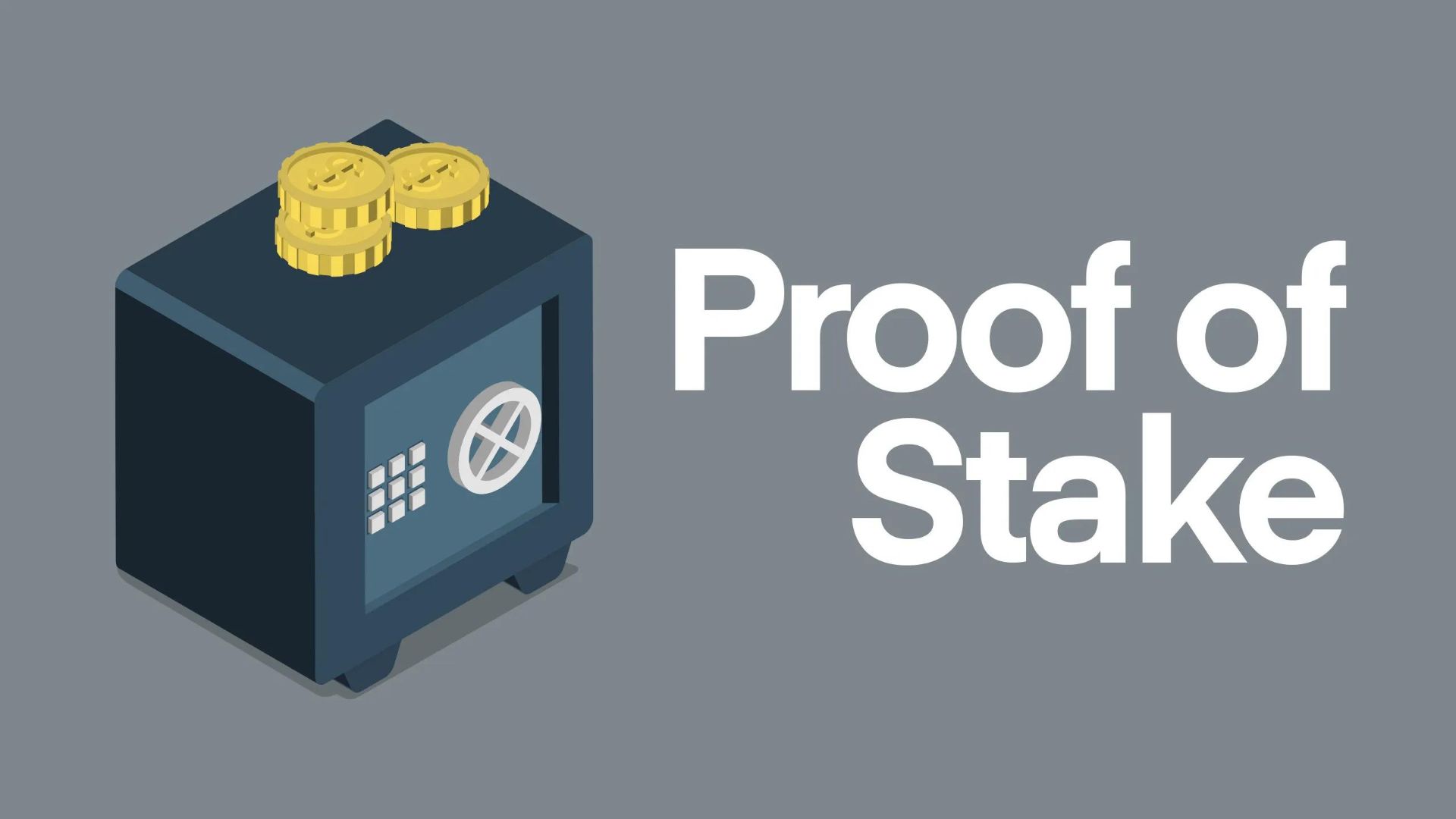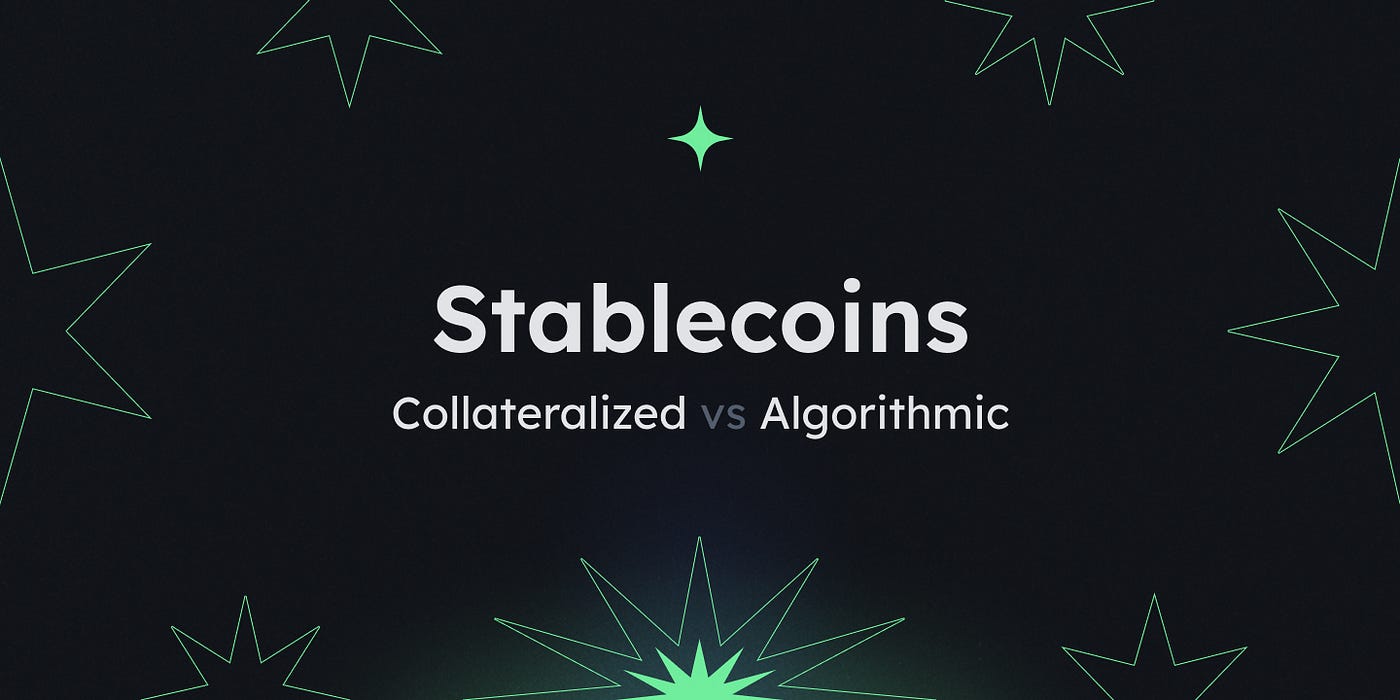Blockchains Types: PoW, PoS, and Private

Blockchain Types
Blockchain may seem like a single technology to the untrained eye, but in reality, there is a plethora of variance in how many blockchain networks operate. The consensus process used by each blockchain is a key differentiator. A distributed network’s consensus mechanism is how its nodes agree on certain facts, such as the validity of transactions and the sequence in which they occur. The consensus mechanism protects the blockchain network from bad actors like hackers.
Most public blockchain networks today use Proof of Work (PoW) or Proof of Stake (PoS) to reach a consensus. On the other hand, distributed ledger technologies (DLTs) and private blockchains, sometimes called “permissioned” blockchains, can be organized in different ways to focus on scalability, security, and speed. To gain a better grasp of the various implementations, we examine the most popular blockchain consensus algorithms here:
Proof-of-Work Blockchains

The PoW consensus technique, introduced by Bitcoin, is now widely utilized in blockchain. Proof-of-work (PoW) systems require miners and their energy to validate Bitcoin (BTC) transactions. Cryptocurrency miners complete proof of work using their computers. They operate network node computers. Mining the problem first determines the confirmation order for the most recent blockchain block. After adding a block to the blockchain, miners broadcast it to all network nodes. A decentralized, auditable ledger is created when each node verifies the block and adds it to its blockchain. We obtained consensus through verification. This data must be confirmed before adding a block to the network. If a miner is the first to validate and add a new block of data to the Proof-of-Work (PoW) blockchain, they receive the block reward (BTC in Bitcoin).
Validity Test Blockchains aim to generate blocks at regular intervals; Bitcoin generates one every 10 minutes. PoW networks are limited by their energy consumption. PoW networks are also tough proportional to processing power. More computational power means more competition, which makes effort proofs tougher. This is one computational power perspective. Even though they’re slow and inefficient, proof-of-work (PoW) blockchains have provided improved security and decentralization. Due to the dispersion of PoW systems, a hostile actor would struggle to dominate the blockchain by monopolizing its computing power. Hardware, power, and computing costs are frequently excessively high.
While proof-of-work (PoW) blockchains are safe, they also have significant barriers to entry for nodes looking to join the network. Blockchain Types: Most users can’t afford to run a mining rig and pay the accompanying hardware and electricity costs. Large-scale mining operators have monopolized mining on several major networks and influence network governance.
A further issue with PoW networks is the damage they do to the environment because of their high energy consumption. Proofs of work use tremendous power due to the computational power required to solve them. For example, in 2021, the Bitcoin network utilized as much power as Chile and had the same yearly carbon footprint as New Zealand. There have been a lot of new alternatives to crypto mining that aim to fix the environmental problems that have arisen due to blockchain technology development.
Proof-of-Stake Blockchains

With its second-most-popular consensus method, Proof of Stake, blockchains no longer suffer from Proof-of-Work’s slowness, poor scalability, wasteful energy usage, and high barriers to entry. Top-tier proof-of-stake (PoS) blockchains include Polkadot, Avalanche, and Cardano. Known as Ethereum 2.0, the network is shifting from a Proof-of-Work (PoW) architecture to a Proof-of-Stake (PoS) one.
In PoS blockchains, validators check transactions, not miners. The validator and network node operator validate data without a computationally costly process. This resembles proof-of-work. Validators “stake” the blockchain’s native tokens instead of completing proofs of work to become validator nodes. The potential validator will stake blockchain-native cryptocurrency tokens as collateral. Proof-of-stake (PoS) blockchains randomly select validators to verify transaction block data. Validators are selected randomly, although their staked tokens can boost their chances. At block confirmation, the network pays transaction fees to the validator and adds a new block to the chain.
Because validators are required to stake their tokens in proof-of-stake blockchains, the network is kept secure, and the validators are kept honest. Slashing is the process by which validators lose their stake and network access due to malicious or incompetent behavior. This incentive system ensures that validators are more motivated to operate lawfully than to breach the rules. Numerous methods exist for carrying out this broad process.
The barrier to entry for validators on PoS blockchains is arguably lower because they do not need to invest in expensive gear and deal with high electricity bills. To become a validator, you’ll still need enough cryptocurrency to stake. This sum can be in the thousands of dollars worth of tokens, though it varies across blockchains. Some have also said that proof-of-stake (PoS) blockchains are monopolistic since validators’ influence grows in direct correlation with their stake. Because they use so much less power, PoS blockchains may be more eco-friendly than PoW networks regarding sustainability. Advocates contend that future blockchain initiatives should prioritize using PoS consensus techniques.
Network users choose delegates to validate the following block in Delegated Proof of Stake (DPoS), a well-liked variation on the original Proof of Stake idea. Additionally, delegates can act as witnesses or stop producers. Blockchain Types: By tying your tokens to a specific delegate and adding them to a staking pool, you can vote for delegates using DPoS. Supporters of DPoS argue that it offers a fairer and more decentralized alternative to Proof of Stake for reaching consensus.
Private and Consortium Blockchains

Generally speaking, public and decentralized blockchain types employ PoW and PoS consensus processes. Nonetheless, private blockchains and consortium blockchains are two other types of blockchains. A private blockchain is one in which the permissions to use the network, validate transactions, and access the data stored on the network are all dictated by an authoritative body. In a consortium blockchain, multiple entities manage a distributed ledger. Each entity runs a node on the network, contributes to the consensus process, and has access rights to specific data types. Distributed ledger technology (DLT) is a common name for blockchain systems that do not use decentralization in their networks.
Businesses looking to implement blockchain technology but have privacy concerns about some data (due to regulations or competition) often turn to private or consortium blockchains. Blockchain Types: Bitcoin and Ethereum are examples of public blockchains that provide wide ecosystems for app and platform development and resist censorship. Consortium blockchains simplify updates and process transactions faster, but only private consortium members can use them.
Formerly owned by JPMorgan Chase, ConsenSys’ Quorum is a permissioned, private Ethereum network allowing banks to share information. Several sectors are working on consortium blockchains, including insurance, food distribution, financial services, and even prototypes of digital currencies issued by central banks (CBDCs) worldwide.
Conclusion
Regarding accessibility, security, and sustainability, different consensus algorithms mean different things for different blockchains. There is a wide variety of blockchains, and not all work similarly. For instance, public blockchains are safe and resistant to censorship, but businesses shouldn’t use them because of how transparent they are. Since Bitcoin’s 2009 inception, PoW has been the de facto consensus mechanism. However, PoS, DPoS, and DLT are quickly becoming popular in the blockchain industry.





